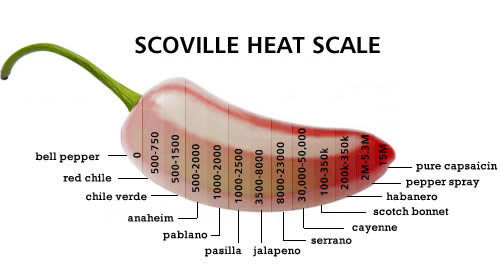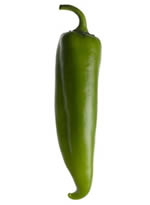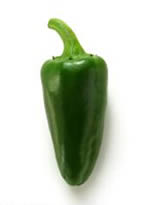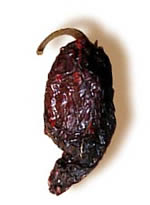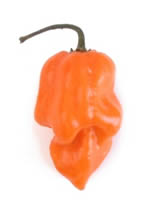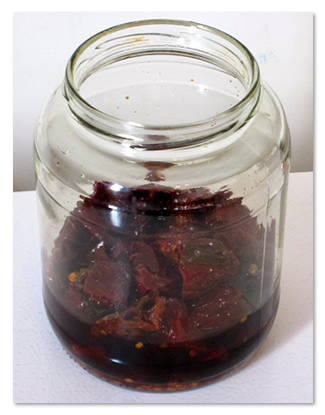Dry Stout
OG: 1.048 SG
FG: 1.013 SG
IBU's: 39.8 IBUs
Cals: 157.8 kcal/12oz
Boil Time: 60 min
Efficiency: 72.00
| Amt | Name | Type | # | %/IBU |
| 8 lbs 8.0 oz | Maris Otter (3.5 SRM) | Grain | 1 | 87.2 % |
| 8.0 oz | Medium Crystal Malt (55.0 SRM) | Grain | 2 | 5.1 % |
| 8.0 oz | Pale Chocolate Malt (215.0 SRM) | Grain | 3 | 5.1 % |
| 4.0 oz | Roasted Barley (455.0 SRM) | Grain | 4 | 2.6 % |
| Amt | Name | Type | # | %/IBU |
| 0.88 oz | Magnum [12.20 %] - Boil 60.0 min | Hop | 5 | 39.8 |
| 2.00 g | Whirlfloc Tablets (Boil 15.0 mins) | Other | 6 | - |
| Amt | Name | Type | # | %/IBU |
| 1.0 pkg | London ESB Ale (WYeast #1968) | Yeast | 7 | - |
| Amt | Name | Type | # | %/IBU |
| 1.44 oz | Chipotle Peppers (Secondary) | Other | 8 | - |
| Step | Description | Target Temp | Time |
| Mash In | Add 3.05 gal of water at 163.7 F | 152.0 F | 60 min |
| Mash Out | Add 1.71 gal of water at 200.7 F | 168.0 F | 10 min |
Mix grain with strike water and mash the appropriate time suggested in the mash schedule above and then mash out. Fly sparge with 2.64 gal water at 168.0 F . Boil 6.22 gal for 60 minutes adding the bittering hops at times suggested in the ingredient list. Add the whirlfloc tablet when 15 minutes remain in the boil. After the boil is complete, chill the wort rapidly to 64 F and transfer to a sanitized fermentation vessel. Ferment at 64 F for 7 days. Transfer to secondary and add your chiles. Once the desired level of heat has been added, crash the beer for 3 days at 39 F and then bottle or keg with priming sugar (skip the sugar addition if force carbonating in your keg).
PARTIAL MASH VERSION
Substitute 4 lbs. 7.3 oz. liquid Maris Otter Extract for 6 lbs. 12.6 oz. of the Maris Otter Malt. Mini-mash 1 lbs. 11.4 oz. Maris Otter malt with the remaining grains at 152 F for 60 minutes. After the mash, heat to 168 F for over 7 min. Strain, add remaining water and malt extract, bring to a boil, and proceed with the recipe as stated.




